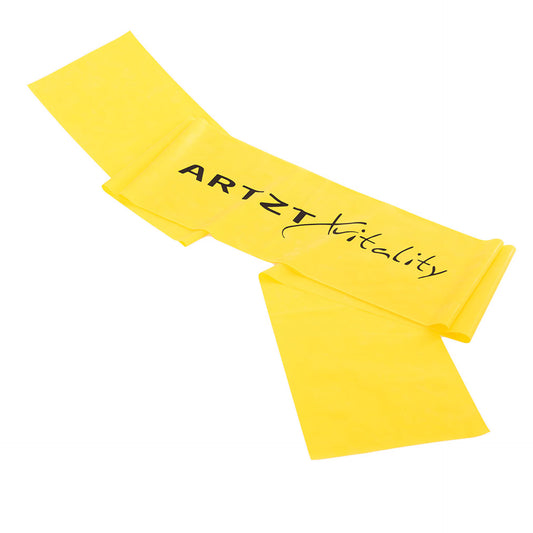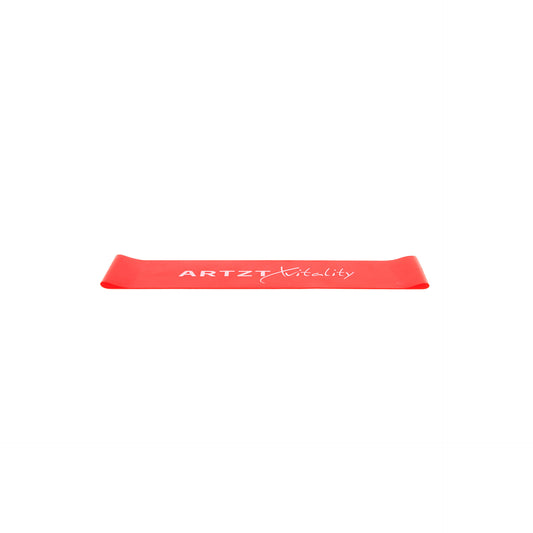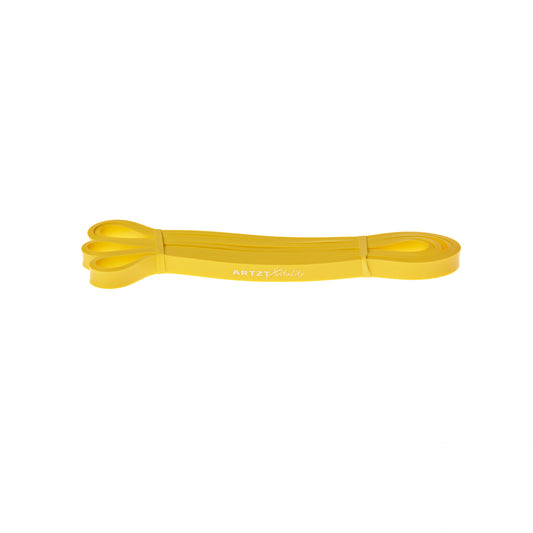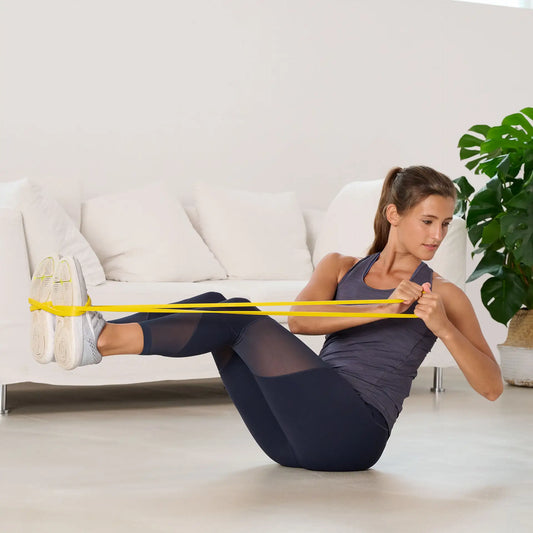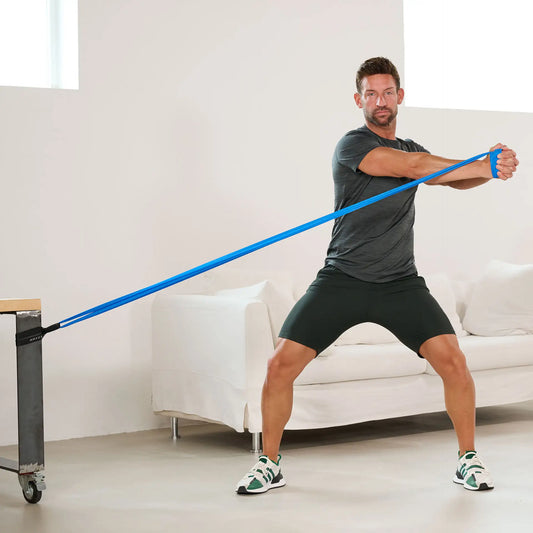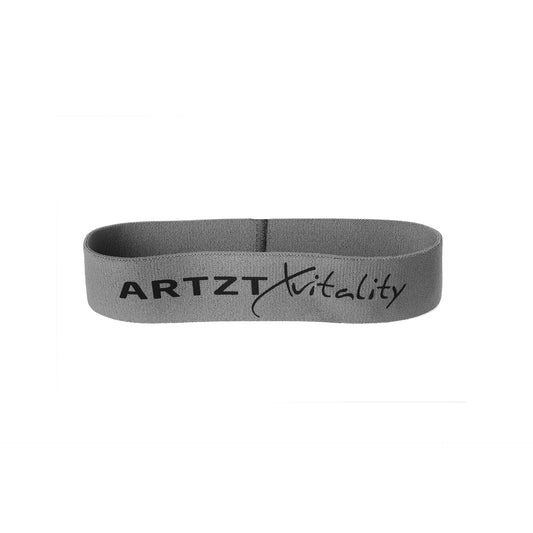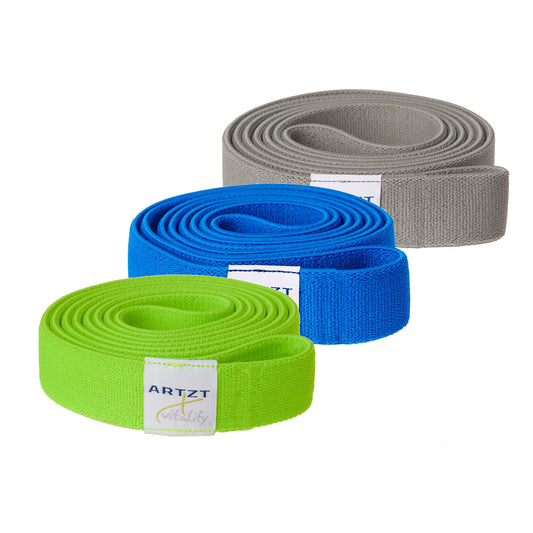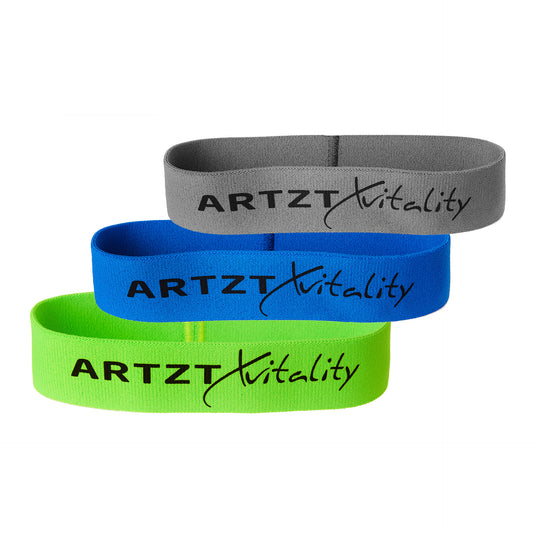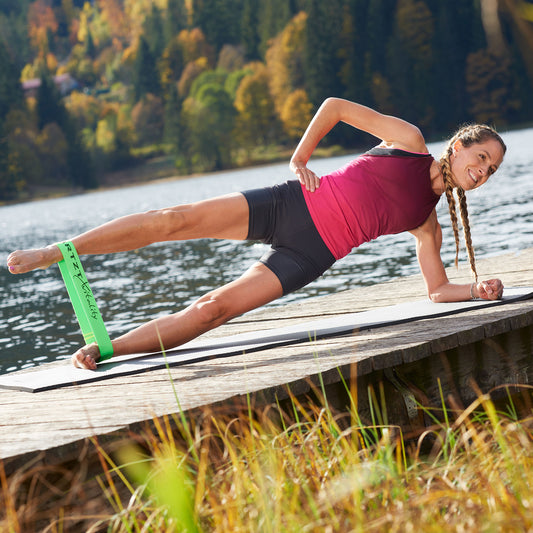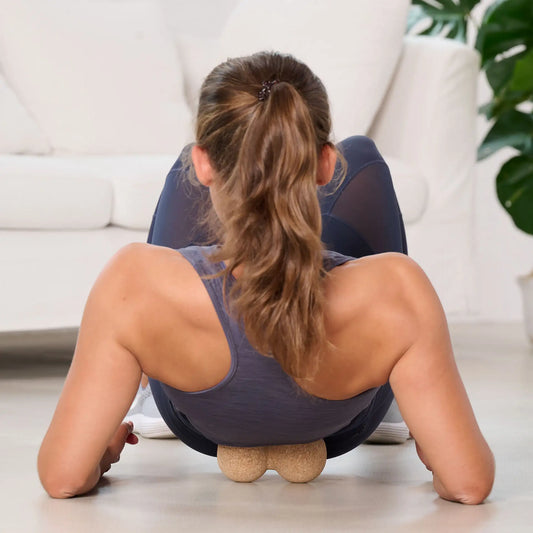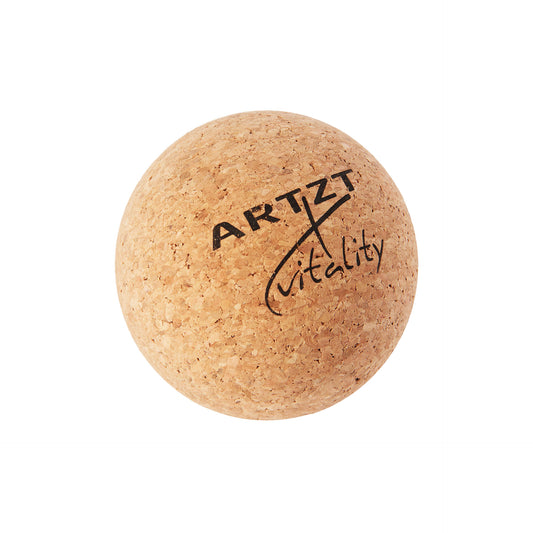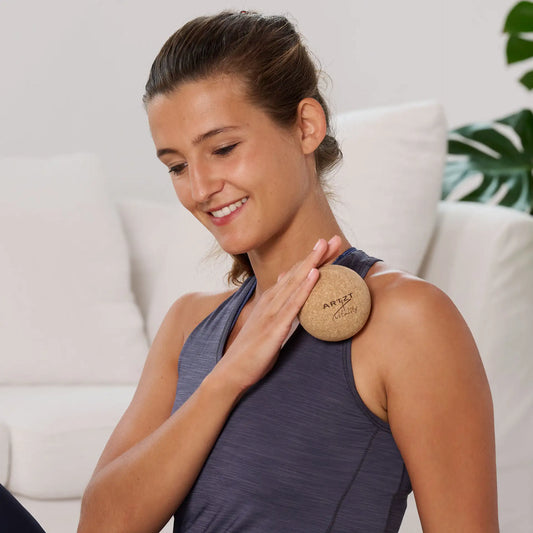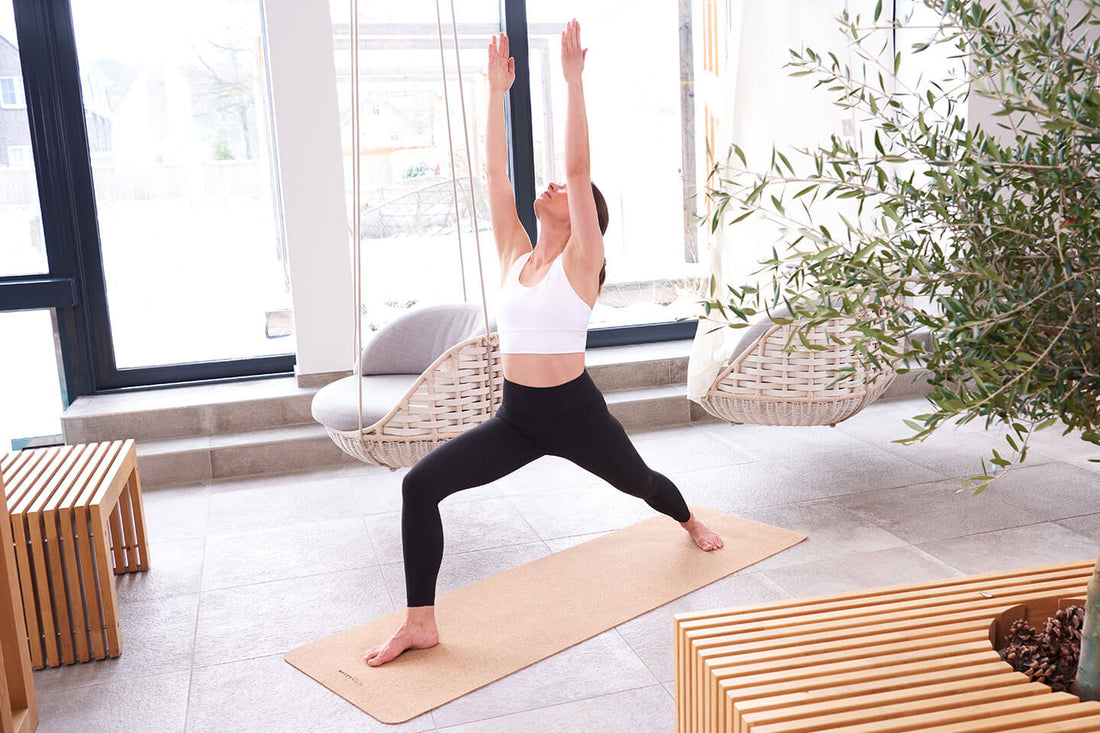
Exercise mats - which one is the right one?
Share
Reading time: 4 mins
Brisk morning gymnastics, exhausting training, demanding Pilates session, stretching after the fitness session or would you prefer yoga? For all these sporting challenges you need the right gymnastics mat. The range is large, so it is all the better to know which underlay can be used for what. We give you an overview here so that you can find the right fitness mat for you.
Contents
Exercise mat, fitness mat, yoga mat - what's the difference?
Exercise mats: do you prefer high-quality plastic or sustainable natural material?
Sustainable gymnastics mats: yoga mats made of cork
Conclusion: Which gymnastics mat do I need?
Exercise mat, fitness mat, yoga mat - what's the difference?
When we talk about gymnastics mats, fitness mats, sports mats or yoga mats, we usually mean the same thing: a narrow mat that makes it easier for us to train on the floor. Sitting, lying or kneeling on hard floors is a challenge, especially for beginners. The mats therefore differ mainly in terms of length, width and thickness as well as material. The ideal gymnastics mat is at least 180 cm long and 60 cm wide. For yoga styles in which a lot is practiced lying down, the gymnastics mat can also be longer and wider.
In addition to rather firm/thin gymnastics mats with a thickness of around 1 cm, softer comfort models are also available which, with a thickness of up to 2.5 cm, enable you to lie down and exercise comfortably. While the thinner, firm gymnastics mats are all suitable for any gymnastics, but also Pilates and Yoga including standing exercises, the thicker and therefore softer gymnastics mats are ideal for exercises on the floor, i.e. lying down, sitting or even on all fours. Even the evening meditation works better on a softer gymnastics mat than on a thin model or even on the hard floor.
They just MUST have one thing in common: slip resistance is an absolute must if you want to buy a mat. Modern materials and structures with the "anti-slip formula" of high-quality gymnastics mats guarantee a firm footing and great support. Also a nice thing for everyone who leaves their mat in the living room: flattened edges prevent you from tripping over your ready-to-use gymnastics mat in everyday life.
Exercise mats: do you prefer high-quality plastic or sustainable natural material?
In addition to the conventional gymnastics mats made of polyethylene, high-quality, low-wear NBR foam or even gel foam, sustainable products are also available, for example made of cork or a composite material with recycled plastic components.
If you want to buy an exercise mat, you should make sure that the exercise mat is free from harmful plasticizers (phthalates) and other potentially harmful substances - here you can pay attention to quality criteria in the product description.
The quality feature "REACH and RoHS tested" guarantees, for example, that no harmful substances and materials are involved.
Closed cell structures of the material used ensure that a mat is easy to clean; In the private sector, however, this is not as important as in the studio, where the gymnastics mats are made available to the trainees and have to be cleaned or even disinfected after each fitness session.
By the way: If you are allergic to natural rubber latex, you should make sure that your gymnastics mat is latex-free!
Above all, thinner gymnastics mats that are used in the field of yoga consist of a polyester fabric coated with vinyl. These mats can be rolled up very small and take up very little space.
By the way: Responsible manufacturers already process up to 50 percent recycled material in their gymnastics mats and thus produce in a resource-saving manner and ideally in Europe or Germany.
Sustainable gymnastics mats: yoga mats made of cork
Cork as the upper material for the gymnastics mat is very trendy. The velvety cork surface gives a very pleasant lying feeling: warm, soft, temperature-regulating and skin-friendly. But another decisive advantage characterizes the natural material: it remains non-slip even when wet - for example in a sweaty power yoga class! A clear advantage over a plastic gymnastics mat.
Cork gymnastics mats are also available in different thicknesses, although a slightly thicker and therefore more comfortable cork mat never feels spongy and offers the best support and stability for all exercises.
Depending on the supplier and production, cork gymnastics mats contain certain parts of (natural) latex for grip on the floor on the underside or (recycled) plastics - here again, pay attention to the corresponding quality criteria, which are usually met with the high-quality gymnastics mats!
Conclusion: Which gymnastics mat do I need?
A general recommendation for a specific gymnastics mat cannot be given. It is primarily up to you to decide which mat is suitable for you. You should feel comfortable on the mat and it should offer you a secure footing, sufficient space and padding appropriate to the training.
You should consider that a high-quality mat not only offers advantages in training, but also in terms of body awareness, cleaning and durability. A gymnastics mat made of high-quality plastic or cork does not become electrically charged, while a cheap mat can crackle a lot.
And since you want to enjoy your gymnastics mat for many years (and thus produce less waste), the material, origin and processing naturally play a decisive role.
With your purchase, you already decide whether your gymnastics mat ends up in the residual waste bin at the end of its life (unfortunately, that's where it still belongs in most cases) or whether it goes back into the recycling cycle.

